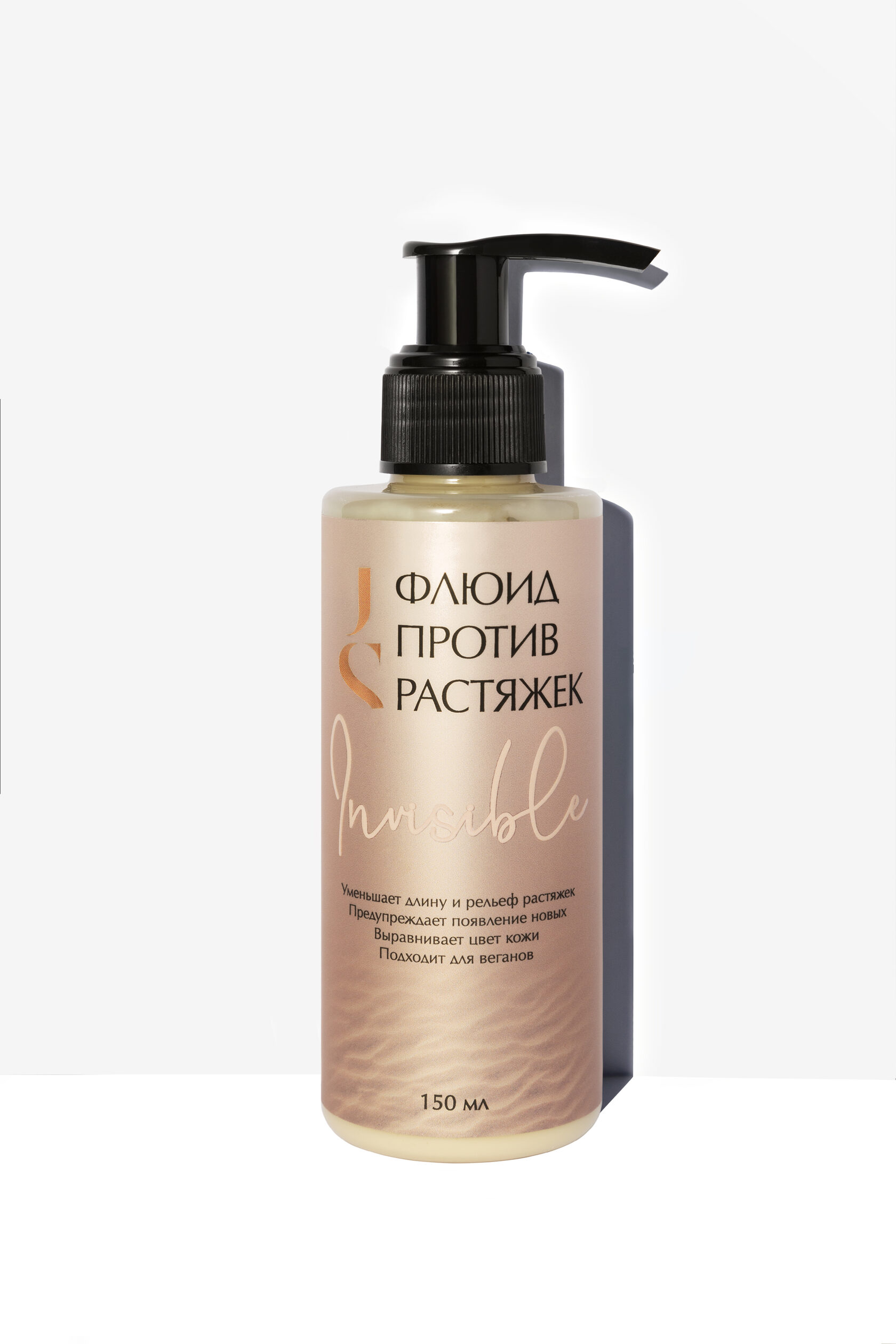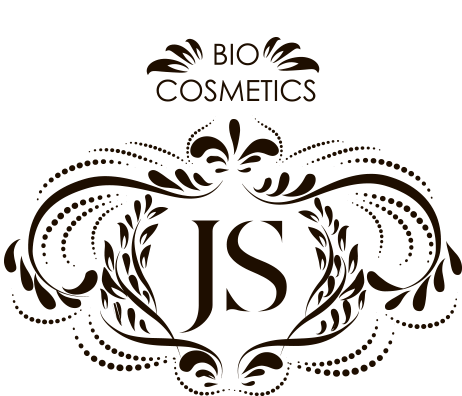
Jurassic Spa
manager@naturcosmet.ru
+7 (915) 330-35-96
+7 (915) 330-35-96

Флюид против растяжек
Уменьшает длину и рельеф растяжек, предупреждает появление новых, выравнивает цвет кожи
Фитостерины из пальмы сабаля
расслабляют миофибробласты, которые деформируют кожу в местах растяжек (стрий), постепенно разглаживая их рельеф.
Босвеллиевые кислоты из босвеллии
благодаря противовоспалительным свойствам, ускоряют побледнение красных (свежих) стрий.
Композиция витамина С, витамина Е, биодоступного цинка и аргинина
значительно ускоряет синтез правильного коллагена, уменьшая длину и ширину стрий.
Состав
manager@naturcosmet.ru
+7 (915) 330-35-96
+7 (915) 330-35-96
Состав
вода (Aqua); соевое масло (Glycine Soja Oil); оливковое масло (Olea Europaea Fruit Oil); натуральный эмульгатор* (Polyglyceryl-6 Stearate, Polyglyceryl-6 Behenate); комплекс аминокислот: аргинин, пролин, серин, глицин, метионин (Amino Acids: Arginine; Proline; Serine; Glycine; Methionine); МСМ (Dimethyl Sulfon); глицерин (Glycerin); каприлик/каприк триглицериды* (Caprylic/Capric Triglyceride); аскорбил пальмитат (Ascorbyl Palmitate); экстракт босвеллии (Boswellia Serrata Extract); экстракт пальмы сабаля (Serenoa Serrulata (Sawpalmetto) Fruit Extract); лактат цинка (Zinc Lactate); провитамин B5 (Panthenol); аскорбат натрия (Sodium Ascorbate); витамин F (Linoleic Acid, Linolenic Acid); цетеариловый спирт* (Cetearyl Alcohol); натрия PCA (Sodium PCA); витамин E (Tocopherols Blend); токоферола ацетат (Tocopherol Acetate); гелеобразователь из хлопка* ( Hydroxyethylcellulose); альфа-бисаболол (Bisabolol); пищевой ароматизатор (Natural Fragrance); органический консервант Sharomix 708* (Benzyl Alcohol; Benzoic Acid; Sorbic Acid); витамин A (Retinyl Acetate).
(*) разрешены европейскими системами экосертификации для органической косметики
(*) разрешены европейскими системами экосертификации для органической косметики
Разбор состава
Способ применения
нанести на очищенную кожу тела, деликатно массировать до впитывания. Предварительное использование пилинга от растяжек усиливает эффективность.
Внимание: возможна индивидуальная непереносимость компонентов продукта.
Внимание: возможна индивидуальная непереносимость компонентов продукта.
Рекомендации
Наука
Исследования
Ниже можно посмотреть некоторые научные статьи, подтверждающие эффективность используемых активов. Слово "Источник" является активной ссылкой, перенаправляющей на первоисточник на платформе PubMed (общемировая платформа научных статей по медицине, биохимии, биологии) или других научных ресурсах.
Dhariwala M. Y., Ravikumar P. An overview of herbal alternatives in androgenetic alopecia //Journal of cosmetic dermatology. – 2019. – Т. 18. – №. 4. – С. 966-975.
Strauch G, Pedes P,Vergult G, Gabriel M, Cummings S, Malbecq W, Malice MP. Comparison offinasteride (Proscar) and Serenoa repens (Pennixon) in the inhibition of 5-alpha reductase in healthy male volunteers. EurUro11994; 26(3):247-52.
Abe M, Ito Y, Oyunzu L, Oki-Fujino T, Yamada S. Pharmacologically relevant receptor binding characteristics and 5-a-reductase inhibitory activity offree fatty acids contained in saw palmetto extract. Bioi Phann Bull 2009; 32(4):646-50.
Zhu H. L. et al. Serenoa repens extracts promote hair regeneration and repair of hair loss mouse models by activating TGF-β and mitochondrial signaling pathway //European review for medical and pharmacological sciences. – 2018. – Т. 22. – №. 12. – С. 4000-4008.
Pais P. Potency of a novel saw palmetto ethanol extract, SPET-085, for inhibition of 5α-reductase II //Advances in therapy. – 2010. – Т. 27. – №. 8. – С. 555-563.
Pais P. Potency of a novel saw palmetto ethanol extract, SPET-085, for inhibition of 5α-reductase II //Advances in therapy. – 2010. – Т. 27. – №. 8. – С. 555-563.
Rossi A. et al. Comparitive effectiveness and finasteride vs serenoa repens in male androgenetic alopecia: a two-year study //International Journal of Immunopathology and Pharmacology. – 2012. – Т. 25. – №. 4. – С. 1167-1173.
Prager N, Bickett K, French N, Marcovici G: A randomized, double-blind, placebo-controlled trial to determine the effectiveness of botanically derived inhibitors of 5-α-reductase in the treatment of androgenetic alopecia. J Altern Complement Med 2002;8:143–152
Wessagowit V, Tangjaturonrusamee C, Kootiratrakarn T, Bunnag T, Pimonrat T, Muangdang N, et al: Treatment of male androgenetic alopecia with topical products containing Serenoa repens extract. Australas J Dermatol 2016;57:e76–e82.
Togni S. et al. A cosmeceutical formulation based on boswellic acids for the treatment of erythematous eczema and psoriasis
Clinical, cosmetic and investigational dermatology. – 2014. – Т. 7. – С. 321.
Clinical, cosmetic and investigational dermatology. – 2014. – Т. 7. – С. 321.
Assimopoulou A. N., Zlatanos S. N., Papageorgiou V. P. Antioxidant activity of natural resins and bioactive triterpenes in oil substrates
Food chemistry. – 2005. – Т. 92. – №. 4. – С. 721-727.
Food chemistry. – 2005. – Т. 92. – №. 4. – С. 721-727.
Spagnol C. M. et al. Ascorbic acid in cosmetic formulations: Stability, in vitro release, and permeation using a rapid, inexpensive, and simple method //Journal of Dispersion Science and Technology. – 2017. – Т. 38. – №. 6. – С. 901-908.
Ravetti S. et al. Ascorbic acid in skin health //Cosmetics. – 2019. – Т. 6. – №. 4. – С. 58.
Ehrlich M. et al. Improvement in the Appearance of Wrinkles with Topical Transforming Growth Factor β1 and l‐Ascorbic Acid //Dermatologic surgery. – 2006. – Т. 32. – №. 5. – С. 618-625.
Trommer H. et al. Role of ascorbic acid in stratum corneum lipid models exposed to UV irradiation //Pharmaceutical research. – 2002. – Т. 19. – №. 7. – С. 982-990.
Kim S., Lee T. G. Stabilization of l-ascorbic acid in cosmetic emulsions //Journal of industrial and engineering chemistry. – 2018. – Т. 57. – С. 193-198.
Raschke T. et al. Topical activity of ascorbic acid: from in vitro optimization to in vivo efficacy //Skin pharmacology and physiology. – 2004. – Т. 17. – №. 4. – С. 200-206.
Ramos-e-Silva M. et al. Anti-aging cosmetics: Facts and controversies //Clinics in dermatology. – 2013. – Т. 31. – №. 6. – С. 750-758.
Packer L., Valacchi G. Antioxidants and the response of skin to oxidative stress: vitamin E as a key indicator //Skin Pharmacology and Physiology. – 2002. – Т. 15. – №. 5. – С. 282-290.
Nachbar F., Korting H. C. The role of vitamin E in normal and damaged skin //Journal of Molecular Medicine. – 1995. – Т. 73. – №. 1. – С. 7-17.
Thiele J. J., Ekanayake-Mudiyanselage S. Vitamin E in human skin: organ-specific physiology and considerations for its use in dermatology //Molecular aspects of medicine. – 2007. – Т. 28. – №. 5-6. – С. 646-667.
Oshimura E., Ino M. Effects of arginine on hair damage via oxidative coloring process //Journal of cosmetic science. – 2004. – Т. 55. – С. S155-70.
Baratto G. et al. Hair Strengthening Evaluation of Anisotropic Osmolite Solutions (Inositol+ Arginine): Cross-Talk between Dermal Papilla Fibroblast and Keratinocytes of the Outer Root Sheath Using a µHair Follicle 3D Model //Cosmetics. – 2018. – Т. 5. – №. 4. – С. 56.
